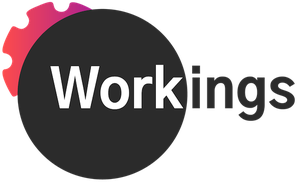Those relationships are an advantage when it comes to very practical concerns for solutions people, such as scoping, designing systems around constraints, catching mistakes or design flaws early, and recalibrating mid-initiative (often many times) as new information comes in. You have more data points to work with, frankly, as you plan; you have a more thorough picture to guide you because of the communication and connecting involved in strong working relationships. Solutions people who make sure their stakeholders and teammates are actively included and have good visibility into their work just seem to get more done, and done better. Clients want to work with them again and again; teams actually use and gain leverage from the tools they’ve built.
I’m not a gamer, so forgive me that it was only just this week that I learned that in MOBA (Multiplayer Online Battle Arena) video games like League of Legends, you’re required to play with a small group. It’s probably going to be a group of randomly assigned strangers, too, unless you’ve corralled your friends to play. You have nothing binding you together as a functional group, other than (you hope) the desire to win in the game, which requires all six of you being at least somewhat invested and attentive. This all can lead to some frustrating dynamics: imagine spending 45 minutes with a few of your supposed allies yelling at you as you die in the game, repeatedly, unable to contribute effectively (let alone win) because two of your other teammates came in, wreaked havoc, and left—or are now just standing there, doing nothing. It must feel amazing when almost miraculously, everyone in the group is bought in and can figure out how to work together to win.
My point is that when we consider candidates for solutions roles at Steyer, we’re watching for a willingness and enthusiasm for investing in functional work relationships just as much as we are for technical ability. It’s to our advantage to be bound together by a little bit more than just our desire to win. It makes us faster, stronger, and more likely to hold each other up in the heat of (business) battle, and it makes the solutions we build more effective. Your teammates need to know you and trust you.
Speaking of... Bay Area readers, we’re having a meet-up in downtown San Jose on Monday, September 23rd! Join us at San Pedro Social at 5pm– and please RSVP here so we have an idea of headcount.
Gamers, did I butcher the MOBA metaphor? Technical solutions people, do you think I’m overstating the whole “functional working relationship” thing? I’d love to hear from any Workings readers about what’s on your mind. You can reach me at kreilly@steyer.net.
Thanks,
Katelyn
Photo by Nathan Cima on Unsplash



